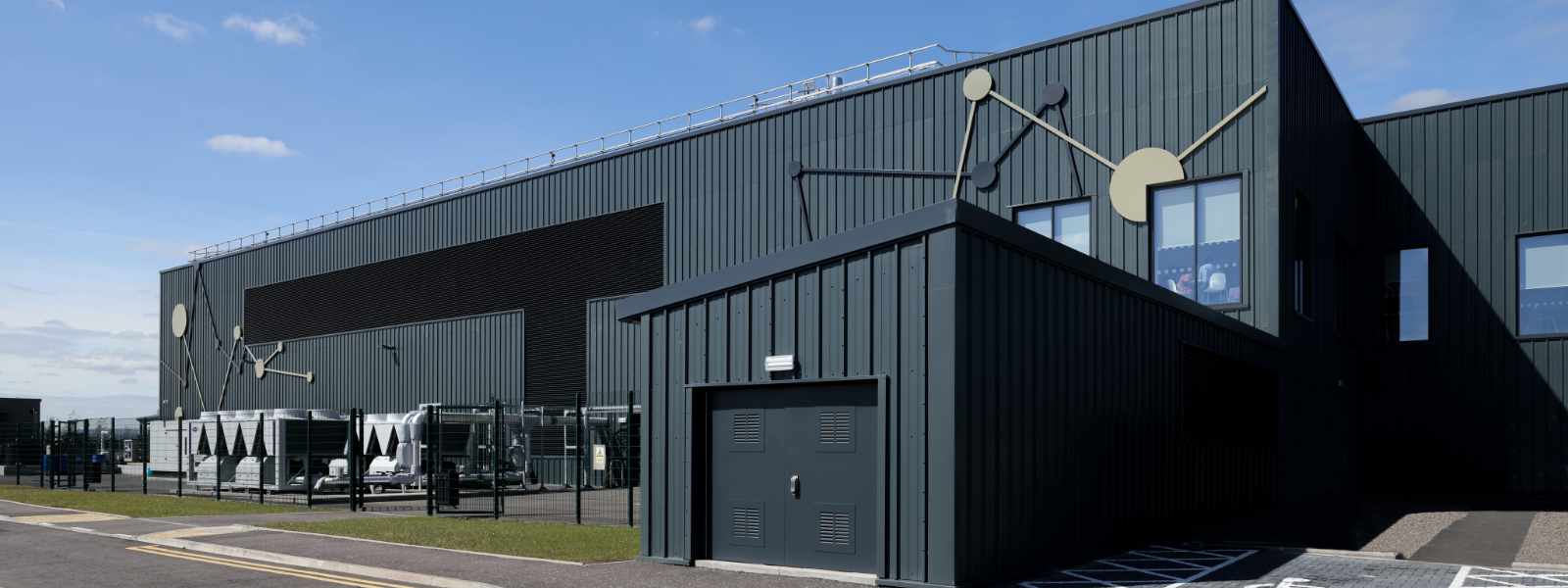Innovations In Classroom Learning

The landscape of education has been rapidly evolving in recent years, driven by technological advancements and a growing understanding of how students learn best. With the advent of new innovations in classroom learning, educators have been given a powerful set of tools to enhance their teaching methods and create more engaging and effective learning environments. This article aims to explore these innovations in detail, discussing their impact on student outcomes, the challenges they present, and the potential for further development and integration in the future.
1. Blended Learning:
Blended learning is a pedagogical approach that combines traditional face-to-face instruction with online learning methods. This innovative approach allows students to engage with content at their own pace, utilizing online resources such as videos, interactive exercises, and virtual simulations. In the classroom, teachers act as facilitators, guiding students through activities that reinforce and expand upon the online material. Blended learning has been shown to improve student engagement, collaboration, and critical thinking skills, as it allows for personalized learning experiences tailored to each student’s needs and learning style.
2. Flipped Classroom:
The flipped classroom model is another innovative approach that involves reversing the traditional order of instruction. In a flipped classroom, students are introduced to new concepts outside of class through pre-recorded lectures or readings. Class time is then dedicated to collaborative activities, discussions, and problem-solving, allowing for deeper understanding and application of the material. This model promotes active learning, as students are actively engaged in the learning process and can seek immediate clarification from their peers or the teacher. Flipped classrooms have shown to increase student achievement, as well as foster independent learning skills and critical thinking abilities.
3. Gamification:
Gamification is the integration of game elements and mechanics into the learning process to motivate and engage students. By incorporating elements such as points, badges, and leaderboards, educators can create a more interactive and competitive learning environment. Gamification makes learning fun and enjoyable, encouraging students to actively participate and strive for mastery of the content. It also promotes collaboration and problem-solving skills as students work together to achieve common goals. Research has shown that gamified classrooms lead to increased student motivation, retention, and overall academic performance.
4. Personalized Learning:
Personalized learning is an instructional approach that tailors education to the individual needs, interests, and abilities of each student. Through the use of technology, educators can provide students with customized learning paths and resources, allowing them to learn at their own pace and in their preferred style. Adaptive learning platforms and intelligent tutoring systems are examples of technologies that enable personalized learning. This approach empowers students to take ownership of their education, fosters a growth mindset, and promotes lifelong learning. Personalized learning has been associated with improved student outcomes, increased engagement, and a reduction in achievement gaps.
5. Virtual Reality (VR) and Augmented Reality (AR):
Virtual reality and augmented reality technologies have the potential to revolutionize classroom learning by providing immersive and interactive experiences. With VR, students can be transported to different locations, eras, or even fictional worlds, enhancing their understanding and engagement with the subject matter. AR, on the other hand, overlays digital information onto the real world, allowing students to interact with virtual objects and characters within their physical environment. These technologies provide opportunities for hands-on and experiential learning, enabling students to explore complex concepts in a more tangible and meaningful way. VR and AR have shown promise in improving student motivation, comprehension, and retention.
Challenges and Future Directions:
While innovations in classroom learning offer numerous benefits, they also present challenges that need to be addressed. One significant challenge is ensuring equitable access to technology and resources for all students. The digital divide, in terms of both hardware and internet connectivity, must be bridged to ensure that all students can benefit from these innovations. Additionally, educators must receive adequate training and professional development to effectively integrate technology into their teaching practices. The ongoing assessment and evaluation of these innovations are crucial to determine their effectiveness and guide future development.
Looking ahead, the future of classroom learning holds immense potential for further innovation. As technology continues to advance, we can expect to see the integration of artificial intelligence, machine learning, and data analytics into educational settings. These advancements will enable more personalized and adaptive learning experiences, as well as provide valuable insights into student progress and learning outcomes. Furthermore, the development of collaborative virtual environments and social learning platforms will allow for global connections and cultural exchange, fostering a more inclusive and interconnected educational landscape.
Conclusion:
Innovations in classroom learning have the power to transform education, making it more engaging, personalized, and effective. From blended learning and flipped classrooms to gamification, personalized learning, and VR/AR technologies, educators have a wide range of tools at their disposal to enhance student outcomes and create dynamic learning environments. While challenges exist, such as equitable access and teacher training, the future of classroom learning looks promising, with further advancements on the horizon. It is essential for educators, policymakers, and stakeholders to collaborate and invest in these innovations to ensure that all students have the opportunity to thrive in an ever-evolving world.





